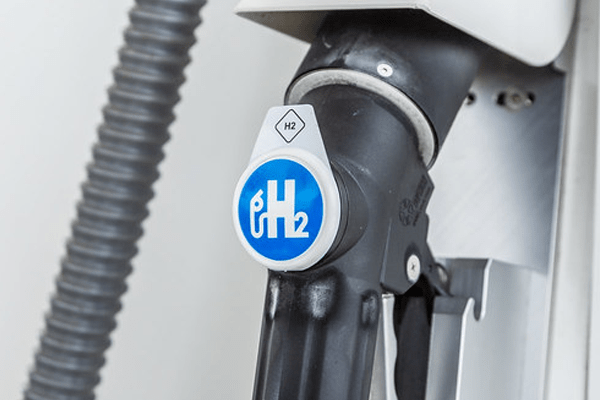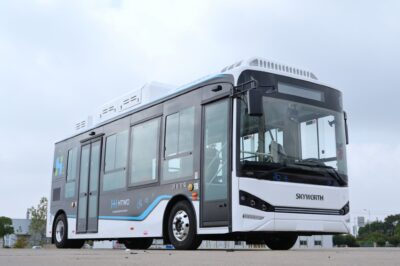How dangerous are accidents with hydrogen vehicles in tunnels?
Compared to battery-electric vehicles, there are few FCEVs on the road. Accordingly, there is still little experience of what happens during an accident. Of course, manufacturers have taken precautions regarding highly flammable hydrogen. Nevertheless, considering ‘what if?’ scenarios is important. In the HyTRA project, Graz University of Technology in Austria looked at types of incidents involving hydrogen-powered vehicles, especially in tunnels, what dangers arise for people and tunnel structures and what measures can be taken to minimise these risks.
There is virtually no empirical data on real accidents involving hydrogen-powered vehicles in tunnels due to their low traffic volume to date. However, if an accident does occur, the high energy density of hydrogen and the high pressure at which it is stored harbour a very high potential for damage – but only if the hydrogen tank’s sophisticated safety system fails.
According to current standards, hydrogen is stored in cars at a pressure of 700 bar and in lorries and buses at 350 bar. If a tank is damaged, a great deal of energy is quickly released. If hydrogen catches fire, it burns at temperatures of over 2000 degrees Celsius. Although the tanks are very robust and well protected against mechanical damage, they cannot withstand a rear-end collision with a lorry.
Various hazard scenarios
In most cases, the impact of hydrogen during an accident is negligible. However, three different hazard scenarios are possible in the event of serious accidents.
In the first case, the Thermal Pressure Relief Device (TPRD), which releases the hydrogen from the tank in a controlled jet, kicks in when the pressure rises due to a thermal impact such as a vehicle fire. It keeps the pressure at a certain level and prevents a tank explosion. However, if the discharged hydrogen ignites – which can easily happen when mixed with air – the flame is directed towards a fixed point on the ground. It remains dangerous, as hydrogen burns without colour or odour. However, the danger zone is limited.
If the TPRD fails, the tank can explode, creating a pressure wave that spreads through the entire tunnel. Within approximately 30 metres, there is a risk of death; up to approximately 300 metres, there is a risk of serious internal injuries such as lung haemorrhages; and further away, there is still a risk of burst eardrums.
The third scenario is the least likely: it occurs if the hydrogen is released without igniting. As the lightest element in the periodic table, hydrogen rises and collects in a cloud under the tunnel ceiling. If there is an ignition source there (e.g. hot lamps or an electrical impulse from the start of a fan), a hydrogen cloud explosion follows, which also causes a pressure wave.
To minimise the risks, the research team recommends stricter speed limits monitored with section control, precise distance controls that visualise to drivers if they are tailgating, and speed limits displayed earlier in traffic jam situations so that the speed is already low enough when arriving at the end of the traffic jam to cause only minor damage in the event of a rear-end collision.





1 Comment